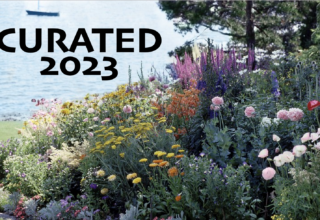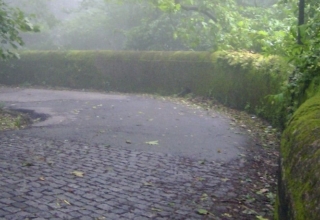
Looking Inside the Brain
Nancy Andreasen (author of The Creating Brain) has studied this mysterious phenomenon we call genius; along with its frequent companion and accomplice – schizophrenia. Neural scans have proven that the brain of a genius bears striking similarities to the brain of a schizophrenic. Andreasen is uniquely equipped for this inquiry because she brings to it a multi-disciplinary mind (a lot like the desirable collection of “minds” for which Howard Gardner advocates). She is a psychologist and has made enormous contributions to the study, and understanding, of schizophrenia.
Andrea began her intellectual life with a doctorate in English Literature and a particular interest in Renaissance Literature. After the birth of her first daughter, Andreasen had some serious health problems; largely because of which she decided to study medicine – and became a medical doctor. With such a broad-ranging and expansive intellect, it comes as no surprise that she studies creativity, spirituality, neuroimaging, genomics, natural history and the neural mechanisms of schizophrenia.
We judge The Creating Brain to be one of the most stimulating things you can read, specifically because of the many simultaneous perspectives it offers on creativity and genius. Andreasen did extensive research into, and interviews with geniuses about, how the genius mind perceives itself.
The “top line” observations one can derive from her studies are:
- While you can’t make genius happen, you can create the circumstances within which it is more or most likely to occur. Mozart said he would get drunk, fall asleep, and wake up with a complete opus in his head. His latter-day counterpart, Neil Simon, routinely went to “some other place,” and came back with his major oeuvres.
- Genius is something so mysterious and powerful that it can be dangerous if experienced “without a net.” Consider the case of Robin Williams or the tortured life of Vincent van Gogh.
- The state of being of genius may not be something everyone can achieve. But the action of unleashing creativity at genius levels is teachable and learnable.
What does all this have to do with the subject of this book? Quite a lot, really. Mainly because it connects the dots; and that is what creativity is all about. There is something about this “genius” thing that stirs more than our intellect. Most of us have a sort of visceral reaction when we are in the presence of somebody who is considered to be a genius.
We can’t deny the fact that even thinking or reading about Einstein is akin to touching something ineffable; something mysterious. In our experience, there is a good deal of mystery about how it is possible to get a group of people on the same page and to a level of uncommon brilliance repeatedly, on demand, and consistently within a single meeting.
How it happens may be something of a mystery; that it happens, when we follow a specific process and employ a specific system, is a matter of decades of proof. With all this discussion of thinking about thinking as preamble, the idea of Thinking Whole and the system that makes it happen might make more sense. So, let’s get to it in our next essay.
Download Article

















